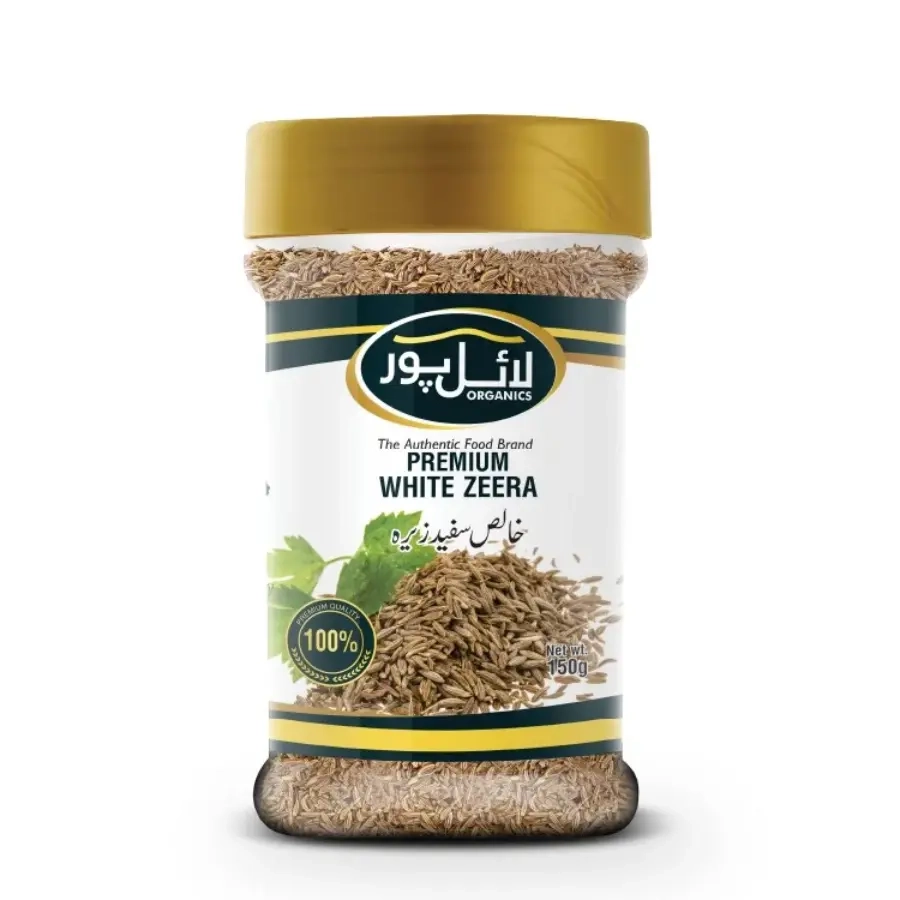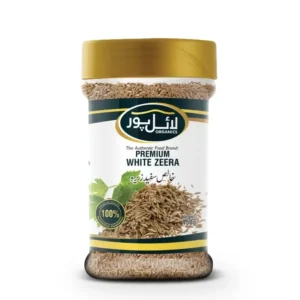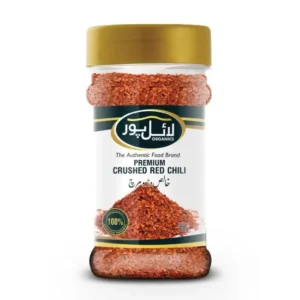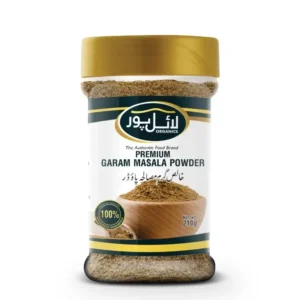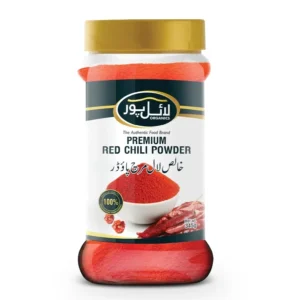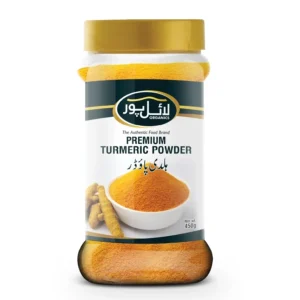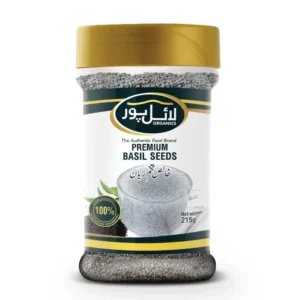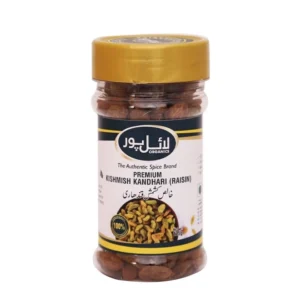Lyallpur Organics Premium Cumin (Zeera) – 100% Natural Organic & Pure | Rich in Flavour & Aroma | Perfect for Cooking, Baking & Health Benefits
Cumin (Zeera), scientifically known as Cuminum cyminum, is a flowering plant belonging to the parsley family (Apiaceae). Cumin seeds are tiny flavor powerhouses used in many cuisines around the world. They have a warm, earthy taste with a hint of citrus and come in whole or ground form. Cumin adds a unique touch to meats, veggies, soups, stews, breads, and drinks!
History and Origin of Zeera
Cumin boasts a rich history that dates back thousands of years. While its origin remains unclear, evidence suggests it was likely native to the eastern Mediterranean region or Western Asia.
Archaeologists have even discovered cumin seeds in ancient Egyptian tombs dating back to the second millennium BC. In ancient Egypt, cumin was more than just a culinary spice. It played a significant role in their culture, even being considered valuable enough to be used as a form of payment.
Cumin’s fame traveled the ancient world, becoming an essential spice in Greece, Rome, and India. Traded globally, it reached the Americas and became a staple in many cuisines. Today, India, Iran, and Turkey significantly produce this beloved spice.
Archaeologists have even discovered cumin seeds in ancient Egyptian tombs dating back to the second millennium BC. In ancient Egypt, cumin was more than just a culinary spice. It played a significant role in their culture, even being considered valuable enough to be used as a form of payment.
Cumin’s fame traveled the ancient world, becoming an essential spice in Greece, Rome, and India. Traded globally, it reached the Americas and became a staple in many cuisines. Today, India, Iran, and Turkey significantly produce this beloved spice.
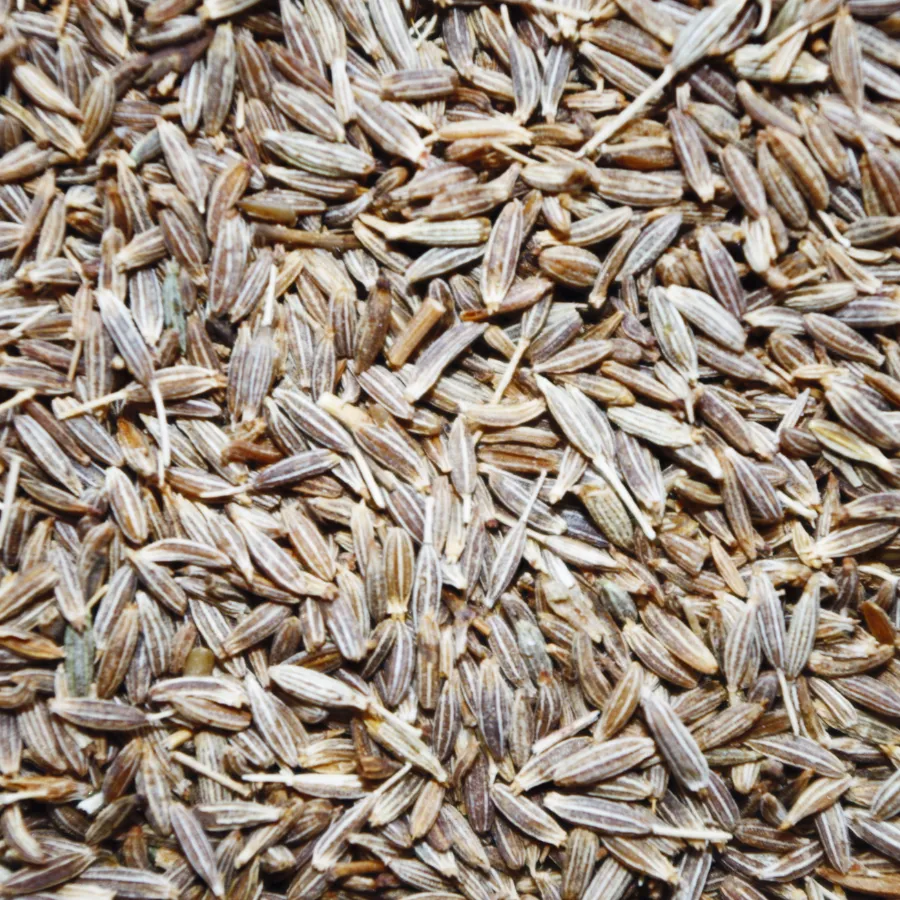
Top Selling Cumin (Zeera) Products
Nutritional and Health Benefits of Cumin (Zeera)

Rich in Antioxidants: Combats free radicals and reduces the risk of chronic diseases.
Promotes Digestion: Increases enzyme production, aids nutrient absorption, and relieves indigestion and flatulence.
Potential Anti-Cancer Properties: It stops cancer cell growth and reduces tumor formation.
Improve Blood Sugar Control: This benefits people with diabetes by lowering blood sugar levels.
Supports Weight Loss: It accelerates metabolism and reduces body fat.
Rich in Iron: Vital for red blood cell production and oxygen transport, especially beneficial for anemia patients.
Boosts Immunity: Strengthens the immune system due to its iron and antioxidant content.
Beneficial for Heart Health: It lowers cholesterol and reduces inflammation, contributing to heart health.
Memory and Stress: It improves memory and reduces stress.
Promotes Digestion: Increases enzyme production, aids nutrient absorption, and relieves indigestion and flatulence.
Potential Anti-Cancer Properties: It stops cancer cell growth and reduces tumor formation.
Improve Blood Sugar Control: This benefits people with diabetes by lowering blood sugar levels.
Supports Weight Loss: It accelerates metabolism and reduces body fat.
Rich in Iron: Vital for red blood cell production and oxygen transport, especially beneficial for anemia patients.
Boosts Immunity: Strengthens the immune system due to its iron and antioxidant content.
Beneficial for Heart Health: It lowers cholesterol and reduces inflammation, contributing to heart health.
Memory and Stress: It improves memory and reduces stress.
Different Types of Zeera
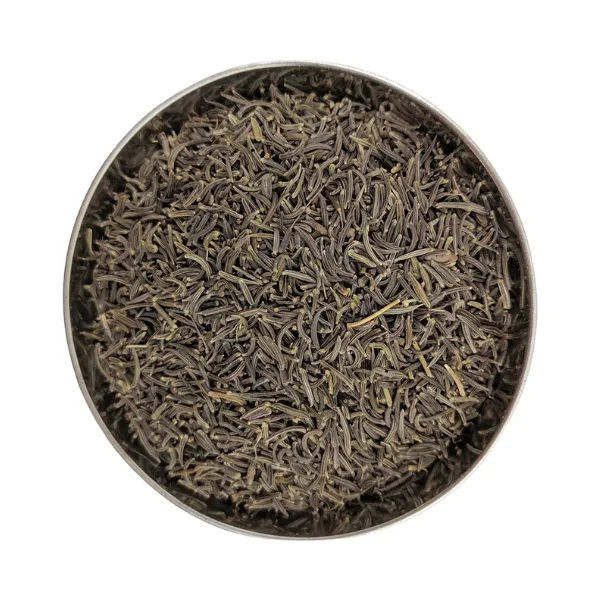
Black
Black zeera, also known as kala jeera, shahi jeera (sometimes), or black caraway, boasts an earthy, smoky, slightly bitter flavor with a hint of sweetness. These small, crescent-shaped seeds, darker than regular cumin, are commonly used in North Indian, Pakistani, and Afghani cuisine, particularly in rice dishes, curries, and spice blends. Black cumin is also valued for its potential medicinal properties. It’s important to distinguish it from Nigella sativa.
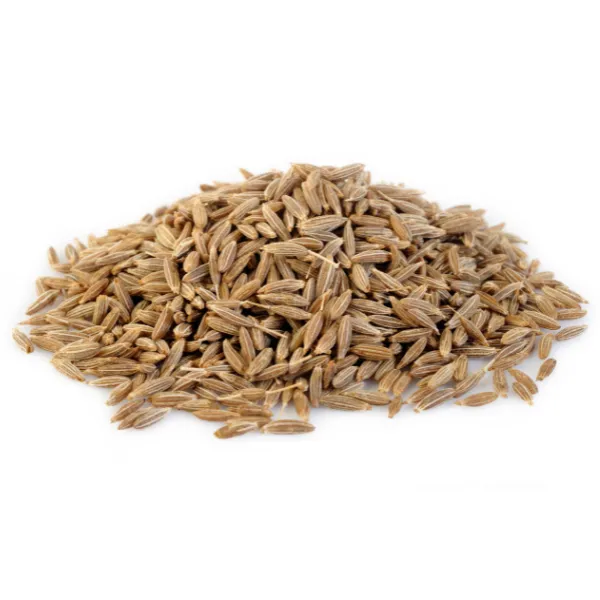
White
White zeera, the most common type in grocery stores, is also known as jeera or common cumin. It features a warm, earthy, slightly nutty flavor and comes in tiny, elongated seeds with ridges. This versatile and indispensable spice is widely used in various cuisines worldwide, including Indian, Middle Eastern, and Mexican. It’s an essential ingredient in curry powders, chili, and many other dishes.
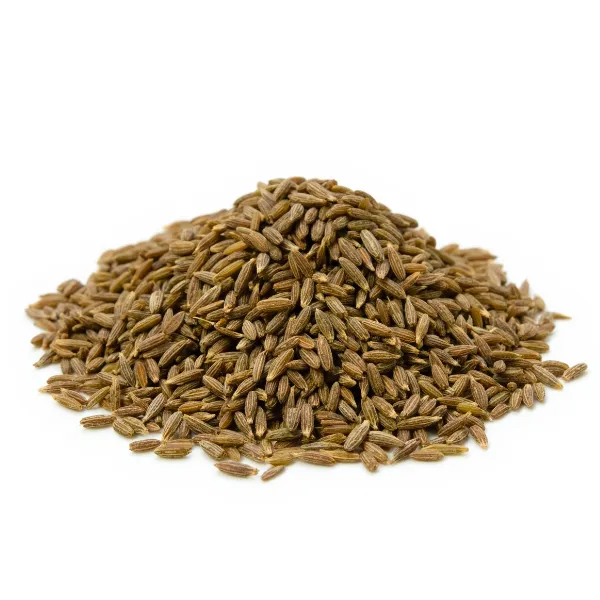
Shahi Jeera
Shahi jeera, also known as caraway seeds or Persian cumin, is not a true cumin but is often used as a substitute due to its similar flavor profile. Its unique flavor profile offers warmth, sweetness, and a hint of pepper. Shahi jeera seeds are smaller and lighter than regular cumin seeds and are dominant in European cuisine, as they are used in bread and cheese. Some Indian spice blends also include shahi jeera for its distinct taste.
Different Forms of Zeera
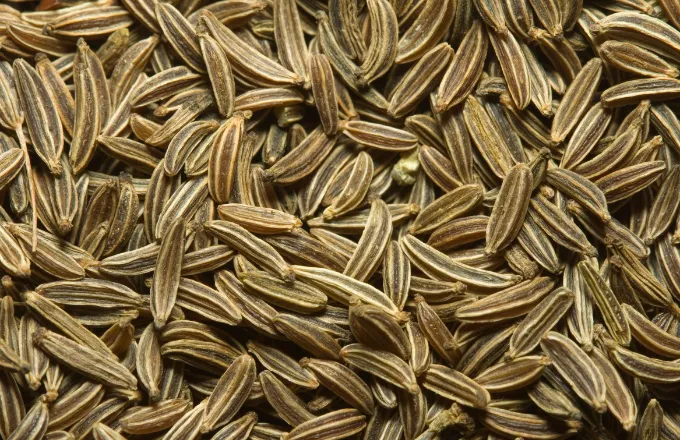
Whole Seeds
Cumin seeds are a staple in many global cuisines. They are often used in their whole form to add flavor to dishes. Roasting the seeds before adding them to recipes enhances their aroma and taste, bringing out a nutty, earthy flavor. Whole seeds are perfect for dishes with a more textured spice presence.
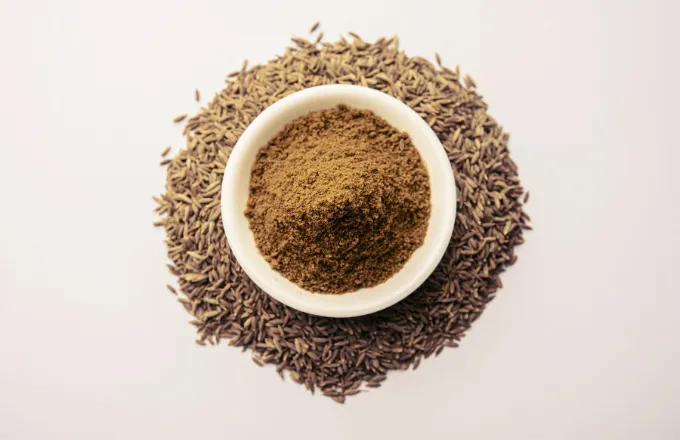
Powder
Ground cumin is created by grinding the whole seeds into a fine powder. This form is highly suitable for culinary uses, allowing for quick and even flavor distribution throughout a dish. It is commonly included in spice mixes such as curry powder and garam masala and is essential for seasoning meats, vegetables, and sauces.
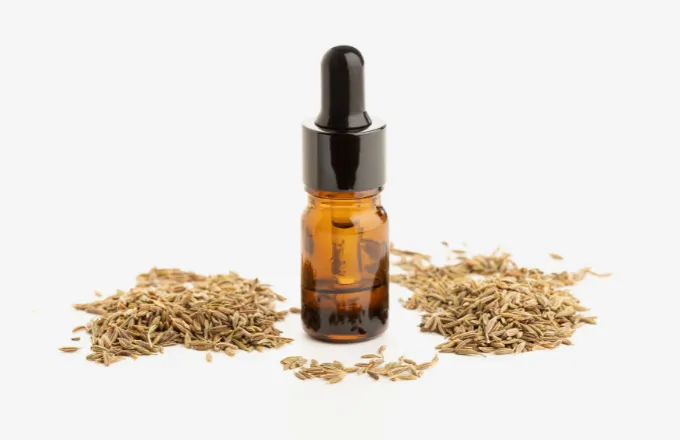
Oil
Extracted from the seeds, cumin oil is a rich essential oil that contains cumin’s unique fragrance and taste. It is used in small quantities to impart depth to culinary dishes. Beyond its culinary uses, cumin oil is also valued in aromatherapy for its supposed digestive and health benefits and in various traditional medicinal applications.
Zeera in Cooking
Cumin (jeera), also known as jeera in some South Asian regions, is a warm, earthy spice with a complex flavor profile. It has a strong, slightly bitter taste that becomes warmer and nutty, with hints of citrus and pepper as it cooks. This unique combination of aromas and tastes adds depth and intrigue to countless dishes across the globe, making cumin a favorite spice in Pakistani, Indian, Middle Eastern, and Mexican cuisines.
Cumin in Subcontinental Recipes
Jeera Rice: A popular North Indian dish where cumin seeds are sautéed in ghee or oil until fragrant, then mixed with rice and water to cook. The result is a flavorful rice dish that pairs well with dals and curries.
Dal Tadka: A staple in Indian cuisine, this lentil dish features a tempering (tadka) of cumin seeds cracked in hot oil or ghee, often with garlic, onions, and other spices, poured over cooked lentils for flavor.
Aloo Jeera: Potatoes are sautéed with cumin seeds, turmeric, and other spices until golden and crispy. This dish showcases the simplicity of cumin as a primary flavor.
Raita: Cumin seeds are roasted and ground into a powder, then stirred into yogurt and other ingredients like cucumber or boondi (fried chickpea flour balls) to make a cooling side dish.
Dal Tadka: A staple in Indian cuisine, this lentil dish features a tempering (tadka) of cumin seeds cracked in hot oil or ghee, often with garlic, onions, and other spices, poured over cooked lentils for flavor.
Aloo Jeera: Potatoes are sautéed with cumin seeds, turmeric, and other spices until golden and crispy. This dish showcases the simplicity of cumin as a primary flavor.
Raita: Cumin seeds are roasted and ground into a powder, then stirred into yogurt and other ingredients like cucumber or boondi (fried chickpea flour balls) to make a cooling side dish.

Other Top Products By Lyallpur Organics
Cultivation of Cumin (Zeera)
Ideal Growing Conditions for Organic Cumin: Cumin is best suited to semi-arid climates, thriving in temperatures between 25°C and 30°C. It needs well-drained, sandy soil with a pH between 6.8 and 8.3. Planting usually happens in late autumn or early winter when the cooler temperatures help with seed germination. Seeds should be sown 1-2 cm deep, with rows about 20-30 cm apart. It is vulnerable to frost and excessive moisture, leading to fungal diseases.
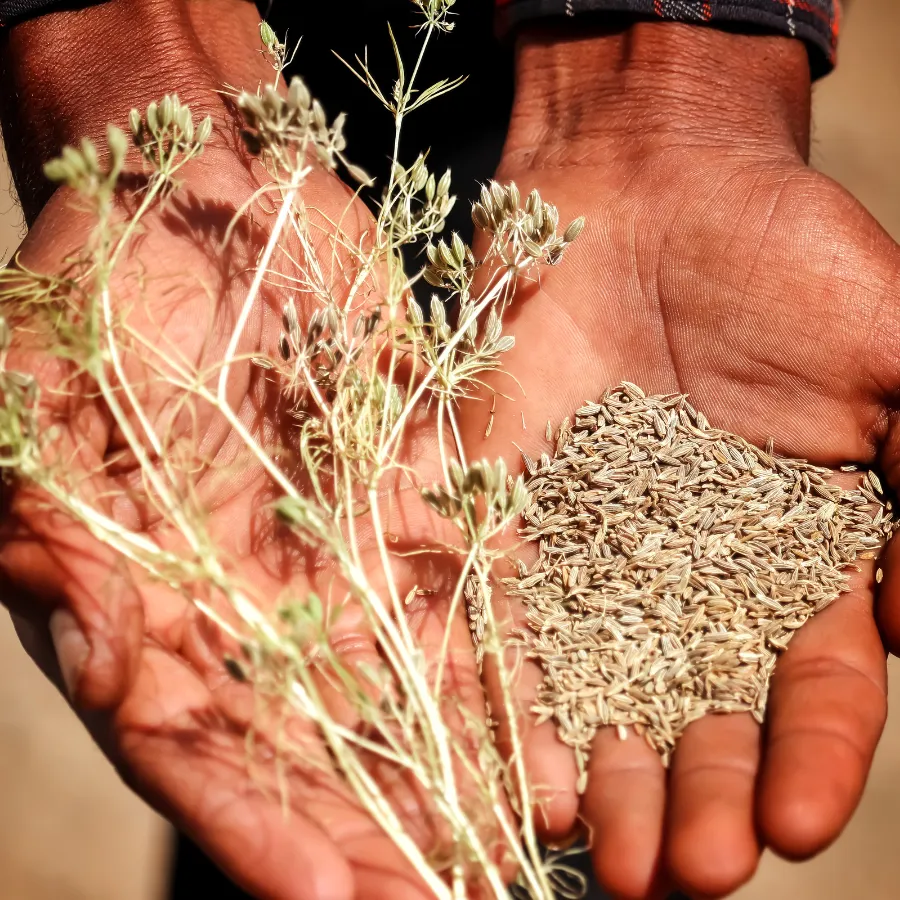
For cultivation, it’s best to use moderate amounts of organic fertilizers like compost and regular weeding to keep the plants from overrunning. Drip irrigation is recommended to keep the foliage dry and prevent disease. Organic pest control methods are preferred to protect the plants from pests like aphids and mites. Crop rotation and using disease-resistant varieties can help prevent plant diseases.
Harvesting zeera is a manual process that occurs 3-4 months after planting when the seeds turn brown. After harvesting, the seeds must be thoroughly dried to below 10% moisture content and stored in a cool, dry place. Following these steps carefully ensures the production of high-quality jeera seeds, valued for their culinary flavors and medicinal properties.
Harvesting zeera is a manual process that occurs 3-4 months after planting when the seeds turn brown. After harvesting, the seeds must be thoroughly dried to below 10% moisture content and stored in a cool, dry place. Following these steps carefully ensures the production of high-quality jeera seeds, valued for their culinary flavors and medicinal properties.
Buying and Storing Cumin (Zeera)
When buying cumin, focus on quality. Look for seeds that are fresh, vibrant, and rich brown in color. They should be uniform in appearance and free from dust or debris. It’s best to purchase from reputable sources with a high turnover rate, such as ethnic or specialty stores. Buying in bulk is economical if you use cumin frequently, but smaller packages are preferable for infrequent use.
Proper storage is critical to maintaining cumin’s flavor and aroma. Store Cumin it in an airtight container, ideally made of glass or metal, as these materials don’t retain odors. Keep the container in a cool, dark place like a kitchen cabinet or pantry, away from direct sunlight and heat sources.
Remember that whole cumin seeds last longer than ground cumin. While whole seeds can remain fresh for a year or more, ground cumin is best used within six months. To extend the shelf life of whole cumin seeds, you can freeze them in an airtight container, potentially preserving their freshness for several years. However, avoid frequent thawing and refreezing, which can degrade their quality.
By following these tips, you can ensure that your cumin stays fresh and flavorful, ready to enhance your culinary creations whenever needed.
Remember that whole cumin seeds last longer than ground cumin. While whole seeds can remain fresh for a year or more, ground cumin is best used within six months. To extend the shelf life of whole cumin seeds, you can freeze them in an airtight container, potentially preserving their freshness for several years. However, avoid frequent thawing and refreezing, which can degrade their quality.
By following these tips, you can ensure that your cumin stays fresh and flavorful, ready to enhance your culinary creations whenever needed.
